Essential Tree Maintenance Tips Before Winter Hits
Nobody wants to wake up to the sound of cracking branches or worse, a tree crashing onto their home during a winter storm. Yet every year, homeowners across New Hampshire face this exact nightmare because their trees weren’t properly prepared for the harsh winter months ahead. The weight of heavy snow, ice accumulation, and fierce winter winds can turn even the healthiest-looking tree into a hazard if it hasn’t been maintained correctly.
At Phil’s Tree Service Seacoast, we’ve seen it all over our 10+ years serving the Lee area. We’ve responded to countless emergency calls that could have been prevented with proper tree maintenance before winter arrived. The good news? Preparing your trees for winter doesn’t have to be complicated or overwhelming. With the right approach and a bit of proactive care, you can protect your property, keep your family safe, and ensure your trees come through winter stronger than ever.
Let’s walk through the essential tree maintenance steps you need to take before the first snowfall, so you can feel confident and secure all winter long.
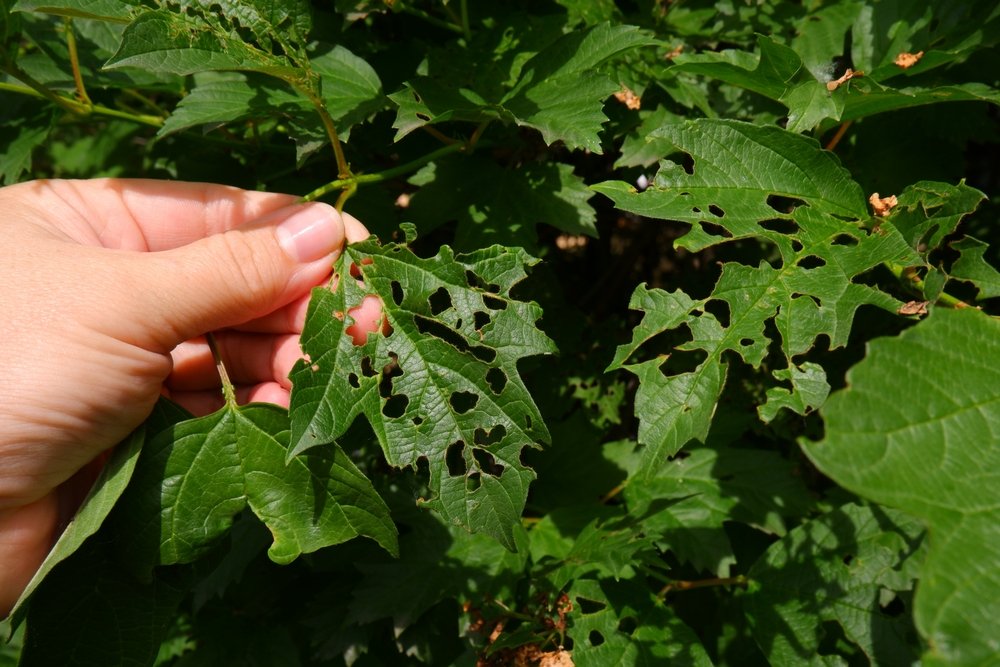
Inspect Your Trees for Damage and Disease
Before winter settles in, take time to really look at your trees. Walk around your property and examine each tree carefully, paying special attention to those near your home, driveway, or power lines. You’re looking for warning signs that spell trouble when winter weather hits.
Check for dead or dying branches that hang precariously above. These are disasters waiting to happen. According to the International Society of Arboriculture, dead branches are significantly more likely to fail under snow and ice loads because they lack the flexibility and structural integrity of healthy wood. Look for bark that’s peeling away, fungal growth at the base, or areas where the wood looks discolored or soft. These are all red flags.
One customer called us last March after a tree fell on their garage during a late-season storm. When we examined the tree, the inside was completely rotted. Something they couldn’t see from the outside. Professional tree health consultations can catch these hidden dangers before they become expensive disasters. We assess your tree’s condition and help determine whether it needs removal or can be saved with proper treatment. Sometimes what looks like a small problem on the surface indicates a much bigger issue beneath the bark.
Don’t forget to inspect the root zone too. Mushrooms growing near the base, exposed roots, or soil that seems sunken around the trunk can indicate root decay. Trees with compromised root systems are especially vulnerable to winter windstorms. If you spot any of these warning signs, contact us today for a professional evaluation. We’ll give you honest advice about the best course of action, whether that’s treatment, pruning, or removal.
Remove Dead Branches Through Professional Pruning
Once you’ve identified problem areas, it’s time to address them. Pruning dead and damaged branches before winter is one of the smartest investments you can make in your property’s safety. We’re not talking about trimming a few twigs with your garden shears. We mean strategic removal of branches that pose genuine risks.
Dead branches become brittle and heavy when covered with snow and ice. A branch that seemed fine all summer can suddenly weigh hundreds of pounds under a thick coating of ice. That’s when failures happen, often at the worst possible moment and in the worst possible location. Professional pruning removes these hazards before they can cause damage.
But pruning isn’t just about safety. It’s also about tree health. Removing dead and diseased branches prevents the spread of decay and promotes better airflow through the canopy. This airflow is crucial during winter because it reduces snow and ice accumulation. Trees with dense, unpruned canopies collect more snow, creating dangerous weight loads. According to research from Purdue University Extension, proper pruning can reduce winter storm damage by up to 60% by improving a tree’s structural integrity.
We prune with precision, considering the specific species, the season, and each tree’s unique strengths and weaknesses. Our team knows exactly where to make cuts to promote healing and prevent future problems. We consider the natural form and growth patterns of your trees, ensuring they not only survive winter but come back stronger when spring arrives. This isn’t something you want to attempt yourself, especially for larger trees or branches near power lines. Leave the dangerous work to our highly trained team.
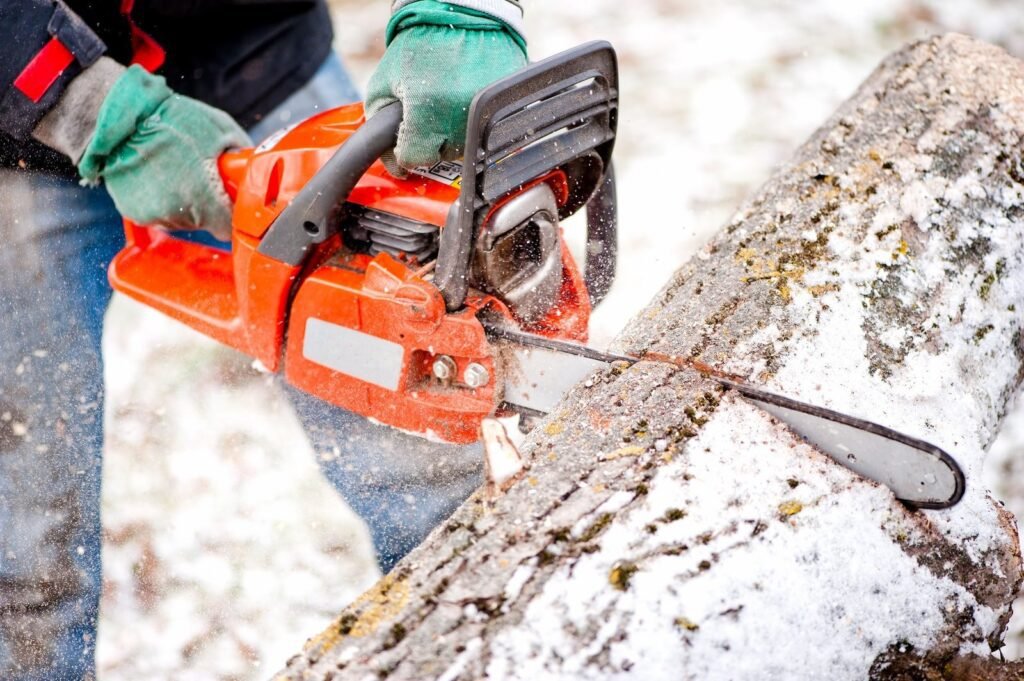
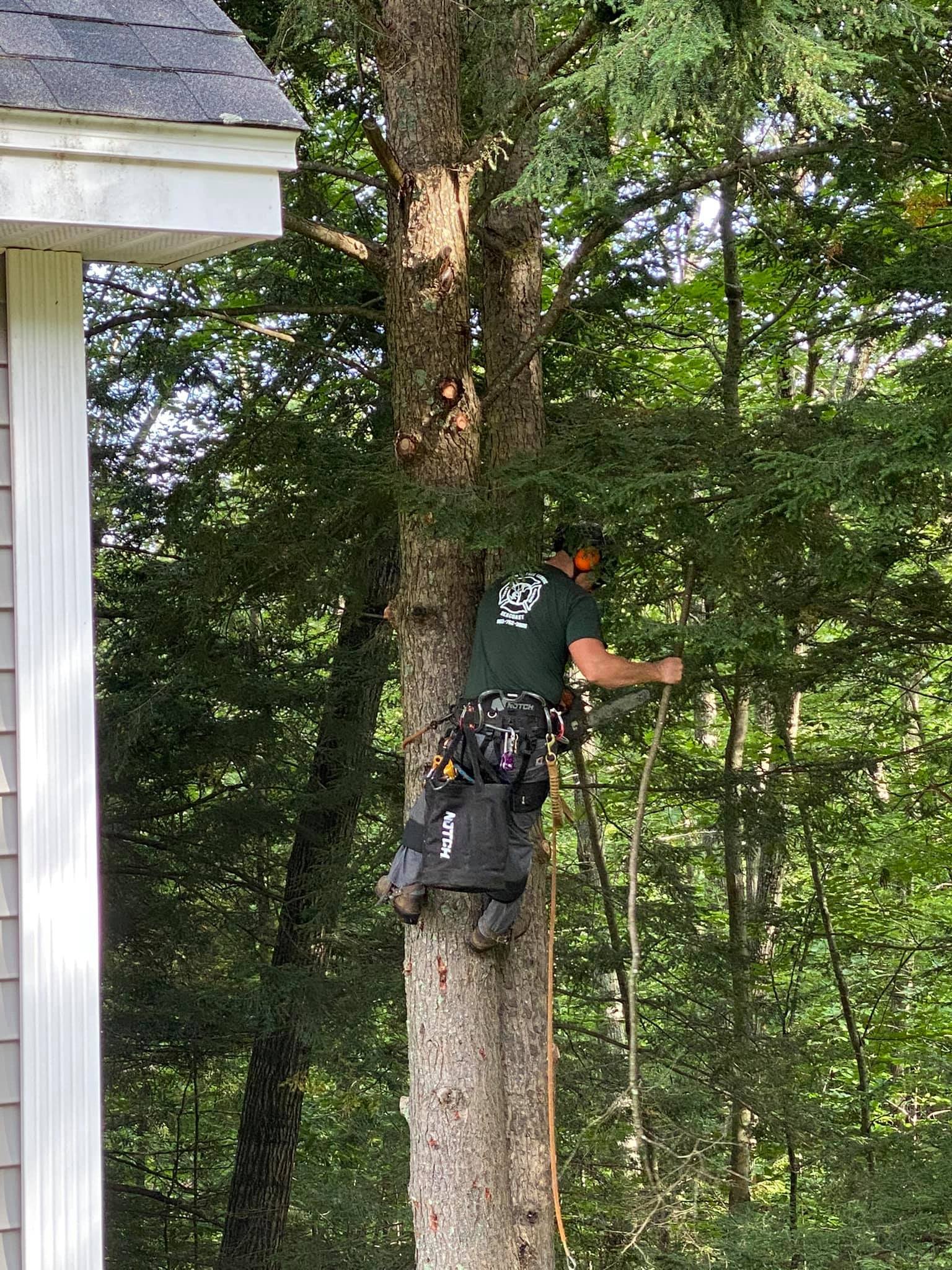
Strengthen Tree Structure with Strategic Cabling
Some trees have structural weaknesses that pruning alone can’t fix. Maybe you have a beautiful old oak with a split trunk, or a favorite maple with a heavy limb that leans dangerously over your deck. These trees might need additional support to make it through winter safely.
Strategic cabling and bracing can provide the reinforcement needed to prevent failures during storms. This involves installing flexible steel cables between major branches or trunks to redistribute weight and reduce stress on weak areas. It’s like giving your tree extra insurance against winter’s worst conditions.
Not every tree needs cabling, and it’s not a permanent solution for every structural problem. Sometimes the most responsible recommendation is removal, especially if a tree poses significant risk to your home or family. But for trees with sentimental value or those that are otherwise healthy except for one structural issue, cabling can extend their lifespan by years.
We’ve helped countless homeowners preserve beloved trees that would otherwise need to come down. One family had a massive sugar maple that had been there for generations. It had a weak branch union that worried them every winter. We installed a cable system that’s held strong for five years now, giving them peace of mind while preserving their family tree. If you have a tree you’re worried about, we’ll assess whether cabling makes sense or if another approach would be better. We always give honest, straightforward recommendations based on what’s truly best for your property.
Clear Your Yard of Fallen Debris and Weak Growth
Winter preparation isn’t just about what’s still attached to your trees. It’s also about what’s already on the ground. Walk your property and clear away fallen branches, sticks, and other debris. This might seem minor, but it matters more than you think.
Debris on the ground can hide under snow, creating tripping hazards and obstacles that complicate snow removal. More importantly, dead wood on the ground can harbor insects and diseases that will spread to healthy trees come spring. Cleaning up now prevents problems later. Plus, if you need emergency tree service during winter, having a clear yard makes it much easier and safer for crews to access problem trees quickly.
We offer brush chipping services that turn all that debris into useful mulch. Instead of dealing with piles of branches, you get valuable mulch to protect your landscape beds. It’s efficient, tidy, and makes the most of every bit of wood. We leave your property looking immaculate, with no trace of our work except the improvements we’ve made.
Also look for saplings and weak growth around the base of mature trees. These smaller trees often don’t survive harsh winters anyway, and they compete with your established trees for water and nutrients. Removing them now gives your main trees a better chance to thrive.
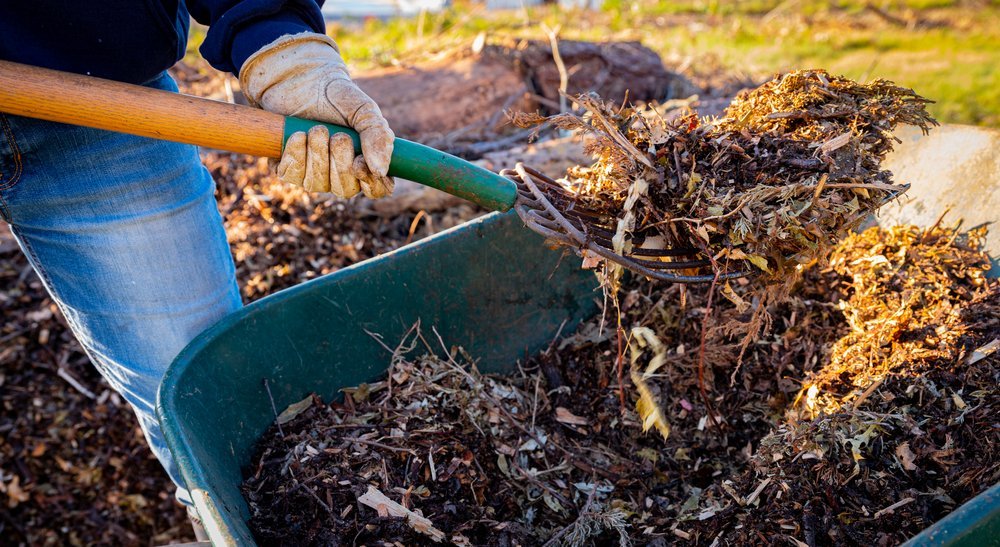
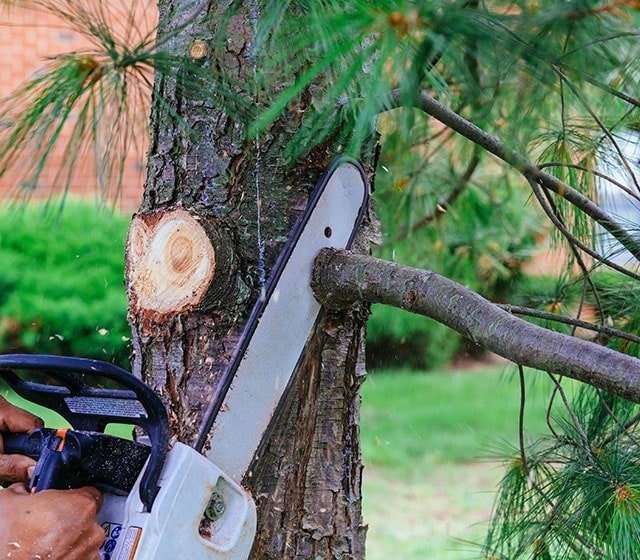
Protect Young and Newly Planted Trees
If you have younger trees or ones planted within the last few years, they need special attention before winter. These trees haven’t developed the root systems and structural strength of mature trees, making them especially vulnerable to winter damage.
Stake young trees if they aren’t already secured. This prevents them from being blown over or developing lean during winter winds. Use soft ties that won’t damage the bark, and make sure stakes are driven deep enough to provide real support. Remove stakes in spring once the tree is established, as leaving them too long can actually weaken the tree.
Consider wrapping the trunks of young trees to prevent sunscald and frost cracks. These problems occur when winter sun warms the bark during the day, then temperatures plummet at night, causing the bark to split. Tree wrap provides insulation that moderates these temperature swings. Apply wrap in late fall and remove it in early spring.
Water young trees thoroughly before the ground freezes. They need adequate moisture going into winter, but once the ground is frozen, they can’t access water even if it’s there. A deep watering in late fall gives young trees the reserves they need to make it through until spring. Mulch around the base helps insulate roots and retain moisture, but keep mulch a few inches away from the trunk itself to prevent rot and pest problems.
Winter doesn’t have to mean worry and sleepless nights wondering if your trees will make it through the next storm. With proper maintenance and preparation, your trees can weather whatever nature throws at them. The key is taking action now, before the first flakes fall.
At Phil’s Tree Service Seacoast, we’ve spent over a decade helping homeowners throughout Lee and the surrounding areas protect their properties and preserve their landscapes. We’re not just in the tree business. We’re in the peace-of-mind business. When you work with us, you’re getting 50 years of family tradition, expertise passed down through three generations, and the kind of care that comes from being locally owned and operated.
Don’t let another winter catch you unprepared. Contact Phil’s Tree Service Seacoast today for your free estimate. Call us at (603) 762-3805 or visit our website to schedule your consultation. Let us trim away your problems before they become disasters. Your trees, your property, and your family deserve that security.
Frequently Asked Questions
When is the best time to prune trees before winter?
Late fall, typically October through early December in New Hampshire, is ideal for most pruning. Trees are beginning to go dormant, which reduces stress and minimizes sap loss. The risk of disease transmission is also lower during dormancy. However, if you spot hazardous branches any time of year, don’t wait. Safety always comes first. Contact Phil’s Tree Service Seacoast immediately for emergency tree services.
How can I tell if a tree needs to be removed rather than just maintained?
Several signs indicate a tree might need removal rather than maintenance. These include significant rot in the trunk or major branches, severe lean toward structures, large dead sections throughout the canopy, root damage or decay, or recurring disease that doesn’t respond to treatment. If more than 50% of a tree is damaged or dead, removal is often the safest choice. Professional arborists can assess these factors and give you honest recommendations.
What should I do if I notice a dangerous tree during winter?
Don’t wait if you spot a dangerous situation. Winter storms can cause rapid deterioration, and what seems stable one day might fail the next. Call us immediately at (603) 762-3805. We provide emergency tree removal services and can respond quickly to urgent situations. Our team is equipped to handle even the most challenging winter tree emergencies safely and efficiently.

